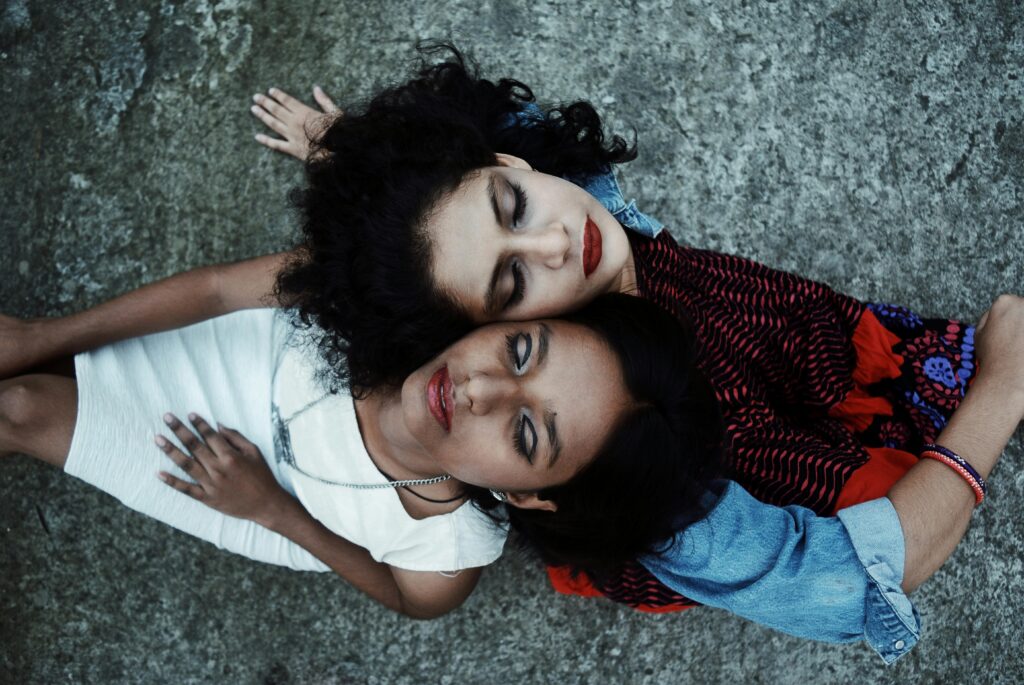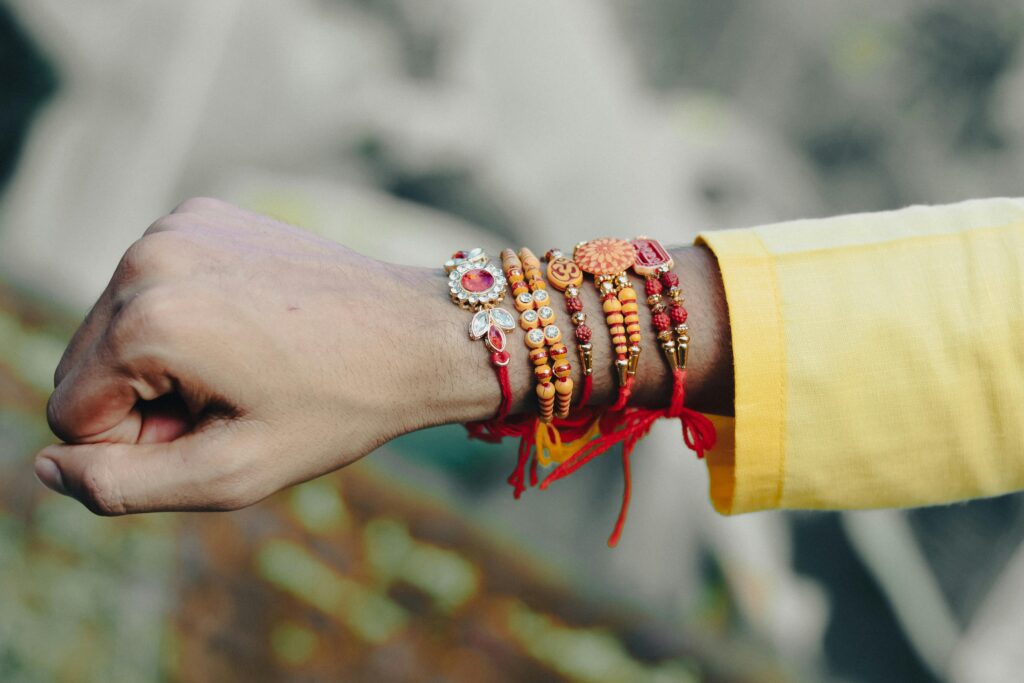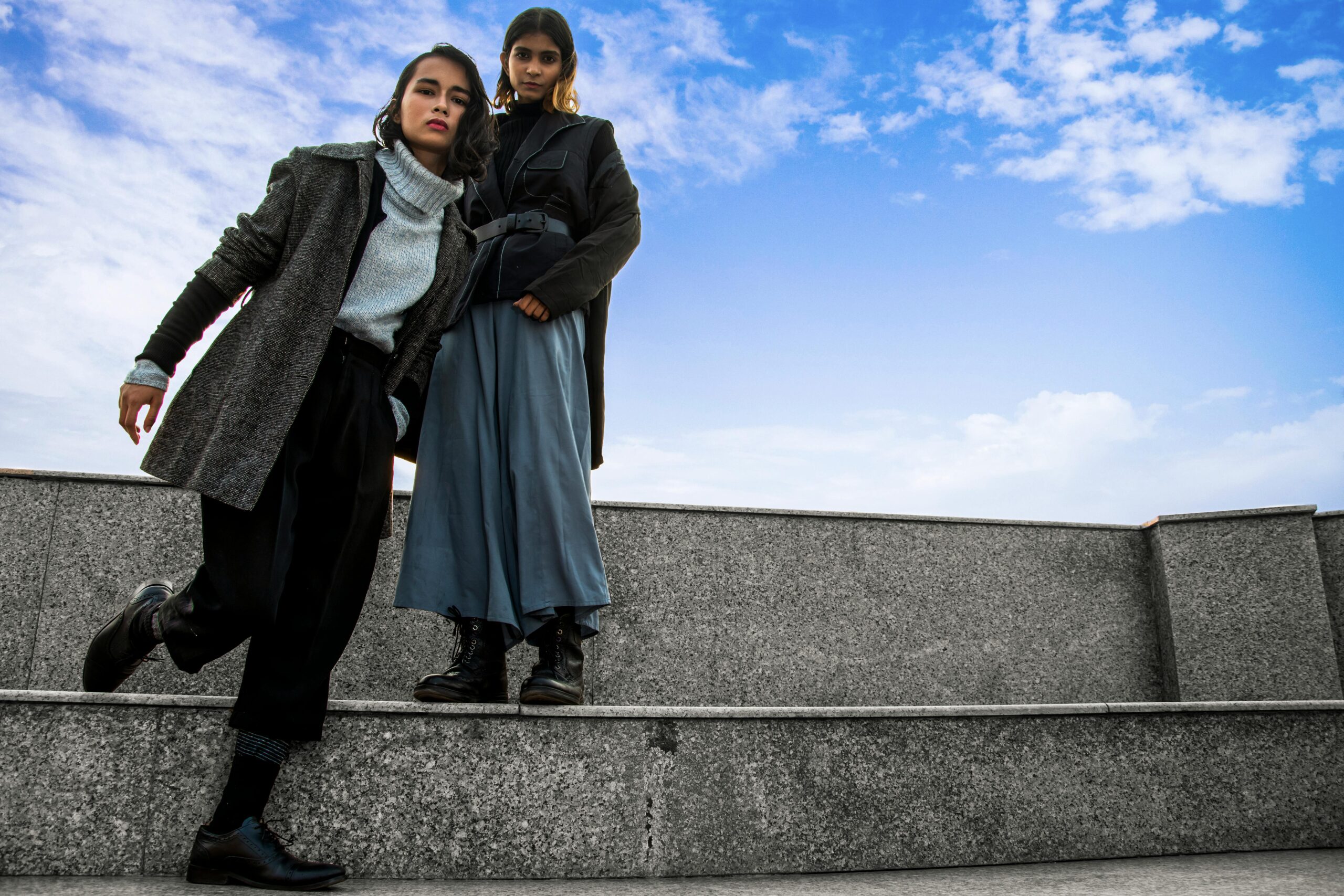Caribbean languages, particularly Jamaican Patwa (Patois), have long been misunderstood and dismissed as “broken English.” However, a deeper exploration reveals a rich tapestry of linguistic evolution—a vibrant creole language born from centuries of cultural interaction, resilience, and creativity. More than just a dialect, Patwa is a testament to the African ties that bind the Caribbean to its ancestral roots and to the broader narrative of language transformation across the diaspora.

Historical Roots and Evolution
From Africa to the Caribbean:
The origins of Caribbean creole languages can be traced back to the transatlantic slave trade, when enslaved Africans brought diverse languages and cultural practices to the Caribbean. Forced into new environments and exposed to European colonial languages—primarily English, but also Spanish, French, and Portuguese—these communities developed innovative ways to communicate. The result was a linguistic blend where African grammatical structures mixed with the vocabulary of the colonizers.
The Birth of Patwa:
In Jamaica, this blending process gave rise to Jamaican Patois, commonly known as Patwa. Far from being “broken English,” Patwa evolved with its own set of grammar rules, idioms, and phonetic patterns that distinguish it from standard English. Its lexicon includes words and expressions that reflect the resilience and resourcefulness of its speakers, encapsulating a history of struggle, resistance, and cultural pride.
Parallel Developments Across the Region:
Similar creole languages emerged throughout the Caribbean, such as Haitian Creole, Papiamento in the ABC islands, and various forms of Creole in regions of Belize and Guyana. Each language reflects a unique mix of influences but shares a common thread: the fusion of African languages with European tongues, molded by local experiences and the will to survive.
Linguistic Characteristics of Patwa
Grammar and Structure:
Patwa boasts a distinct grammatical structure that sets it apart from standard English. Unlike English, which relies heavily on conjugation and strict sentence order, Patwa features a more flexible syntax. The language uses context and tone to convey meaning, and its verbs, nouns, and adjectives often follow patterns rooted in West African languages.
Vocabulary and Expression:
While many words in Patwa are derived from English, their meanings, pronunciations, and usages have shifted. For instance, common expressions and proverbs carry layers of cultural significance that resonate deeply within the community. The language is also rich in metaphor and imagery, often used in music, storytelling, and everyday conversation to express complex ideas succinctly.
Phonetics and Pronunciation:
The sound system of Patwa reflects its multicultural heritage. Influences from African languages are evident in its intonation and rhythm, lending it a musical quality that is celebrated in reggae, dancehall, and other forms of Caribbean music. The pronunciation in Patwa is both fluid and dynamic, adapting to the speaker’s mood and the context of the conversation.
Cultural Significance and Identity
A Symbol of Resistance and Resilience:
For many in the Caribbean, Patwa is more than just a mode of communication—it is a powerful symbol of cultural identity and resistance against colonial oppression. Embracing Patwa means honoring a history marked by survival and defiance in the face of adversity. It represents a reclaiming of identity, offering a voice to those whose ancestral languages were once marginalized.
Art, Music, and Literature:
Patwa has permeated various forms of cultural expression. In music, it is the heartbeat of reggae and dancehall, providing a rhythm and flow that connects the past with the present. Writers and poets use Patwa to capture the nuances of everyday life and the beauty of their heritage, enriching Caribbean literature with authentic, unfiltered narratives.
Bridging the Diaspora:
The language also plays a crucial role in connecting the global African diaspora. Across continents, communities that share ancestral ties to the Caribbean recognize Patwa as a living link to their heritage. This connection fosters a sense of belonging and solidarity, reinforcing the idea that language is a powerful vessel for cultural memory.
Challenging Misconceptions
Dispelling the “Broken English” Myth:
One of the most persistent misconceptions is that Patwa is simply a corrupted or inferior form of English. Linguistic studies have shown that creole languages like Patwa are complete, systematic languages in their own right. They possess consistent grammatical rules and expressive capacities that rival those of any standard language.
Educational and Social Implications:
The mischaracterization of Patwa has had real-world consequences. In educational settings, speakers of Patwa may be unfairly stigmatized, leading to a devaluation of their cultural identity. Recognizing Patwa’s legitimacy is essential not only for preserving cultural heritage but also for ensuring that speakers receive fair educational opportunities and social respect.
The Role of Media and Technology:
Modern media and digital platforms are beginning to change perceptions. Social media, music streaming services, and online content are increasingly featuring Patwa, allowing speakers to celebrate their language on a global stage. This digital visibility is crucial for breaking down old stereotypes and promoting a more inclusive understanding of linguistic diversity.

The Future of Caribbean Creoles
Preservation and Revival Efforts:
There is a growing movement to preserve and revitalize Caribbean creole languages. Educational programs, community workshops, and cultural festivals are helping to promote the use of Patwa and other creoles among younger generations. These initiatives not only safeguard linguistic heritage but also empower communities by affirming the value of their native tongue.
Integration into Formal Education:
Advocates are pushing for the inclusion of creole languages in school curricula. By teaching children about the history, structure, and beauty of languages like Patwa, educators can help combat stigma and foster pride in their cultural identity. Research shows that bilingual or multilingual education enhances cognitive abilities and academic performance, further supporting these efforts.
Global Recognition and Standardization:
There is also a call for greater academic research and global recognition of creole languages. Linguists and cultural scholars are working to document and standardize aspects of these languages, which can lead to broader acceptance and usage in formal contexts such as media, literature, and government communications.
Frequently Asked Questions
Q: What is Patwa, and why is it often called “broken English”?
A: Patwa, or Jamaican Patois, is a creole language that developed from a mix of English and West African languages. It is sometimes mischaracterized as “broken English” due to its differences from Standard English, but it has its own grammatical rules and expressive power.
Q: How did Patwa originate?
A: Patwa originated during the transatlantic slave trade, when enslaved Africans in the Caribbean adapted English to communicate among themselves. This led to the creation of a new, blended language that incorporates elements of African languages, English, and other influences.
Q: Is Patwa a complete language?
A: Yes. Despite misconceptions, Patwa is a fully developed language with its own syntax, vocabulary, and phonetic system. It is capable of expressing complex ideas and emotions, just like any other language.
Q: What cultural significance does Patwa hold?
A: Patwa is a symbol of cultural identity and resilience for many Caribbean communities. It is deeply intertwined with music, literature, and everyday life, serving as a bridge between African heritage and contemporary Caribbean culture.
Q: How is Patwa being preserved for future generations?
A: Efforts to preserve Patwa include its integration into school curricula, cultural festivals, and community workshops. Additionally, digital media and academic research are playing important roles in documenting and promoting the language.
Q: How does Patwa compare to other Caribbean creole languages?
A: While each Caribbean creole is unique, they all share a common history of blending African linguistic elements with European languages. Patwa, Haitian Creole, and Papiamento, for example, all reflect the diverse cultural influences that have shaped the region.
Q: Can learning Patwa benefit speakers in other areas?
A: Learning Patwa can enrich one’s understanding of Caribbean culture and history. It also enhances cognitive flexibility and offers insights into the complex ways languages evolve in multilingual environments.
Q: How are modern technologies influencing the use of Patwa?
A: Modern technologies, including social media, music streaming, and language apps, are helping to increase the visibility of Patwa. These platforms enable speakers to share their language with a global audience and challenge outdated stereotypes.
Q: What challenges does Patwa face in the modern world?
A: Patwa faces challenges such as stigmatization, limited formal recognition, and the dominance of Standard English in education and media. Ongoing efforts aim to address these issues through education, policy changes, and cultural advocacy.
Q: Why is it important to debunk myths about Patwa?
A: Debunking myths about Patwa is crucial for recognizing the language’s value, preserving cultural heritage, and ensuring that speakers receive the respect and opportunities they deserve. It also promotes a broader understanding of linguistic diversity and the history of the Caribbean.

By embracing the true nature of Patwa and other Caribbean creole languages, we not only celebrate a rich cultural legacy but also empower future generations to appreciate and build upon their unique linguistic heritage. These languages are a living, evolving testament to the resilience and creativity of the Caribbean people—far more than “broken English,” they are a vibrant expression of identity and history.
Sources The Guardian


